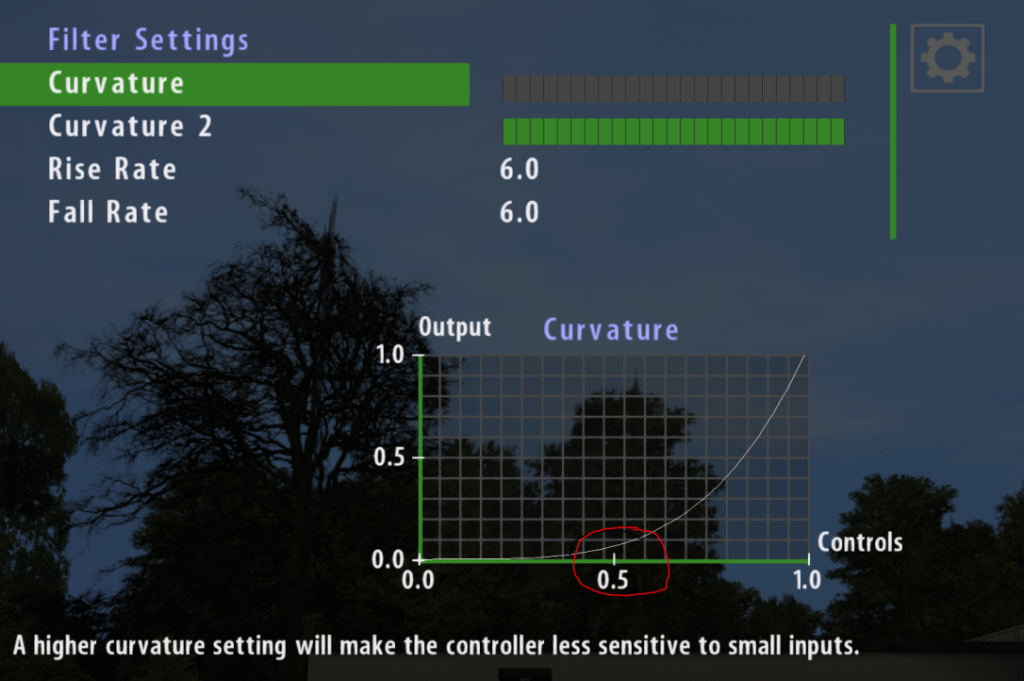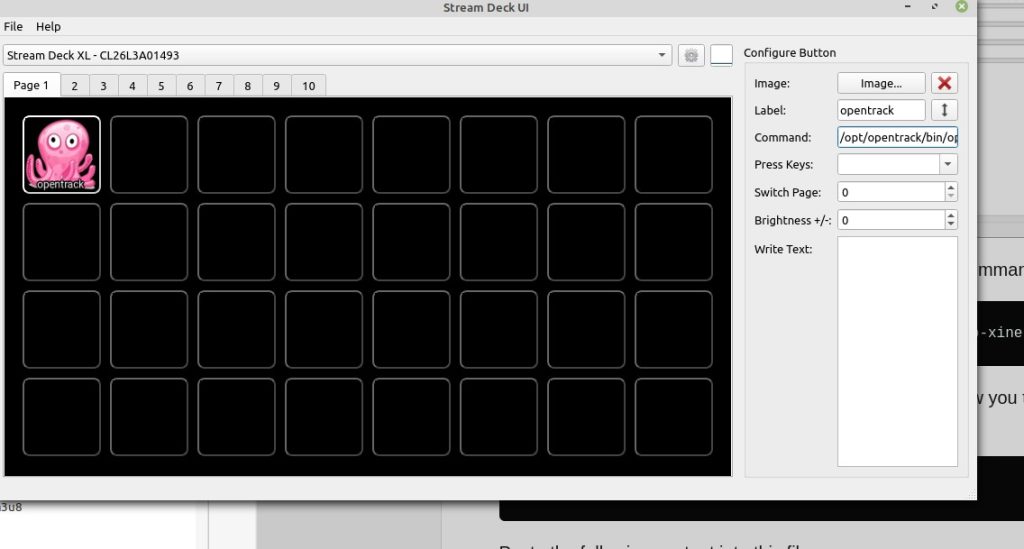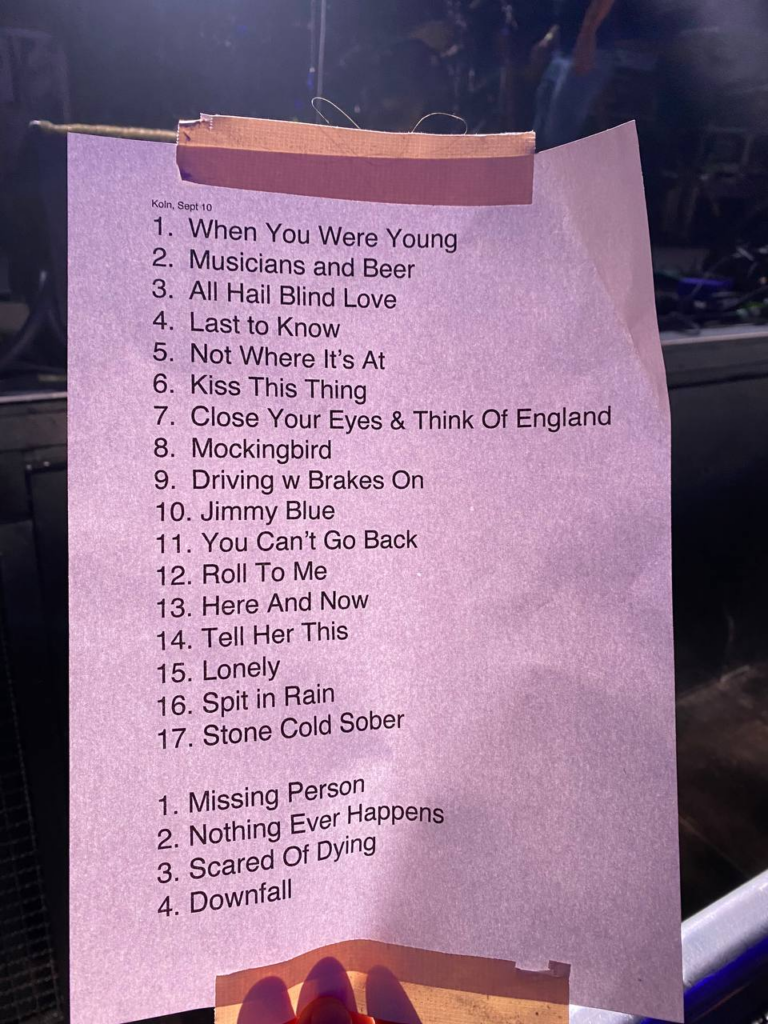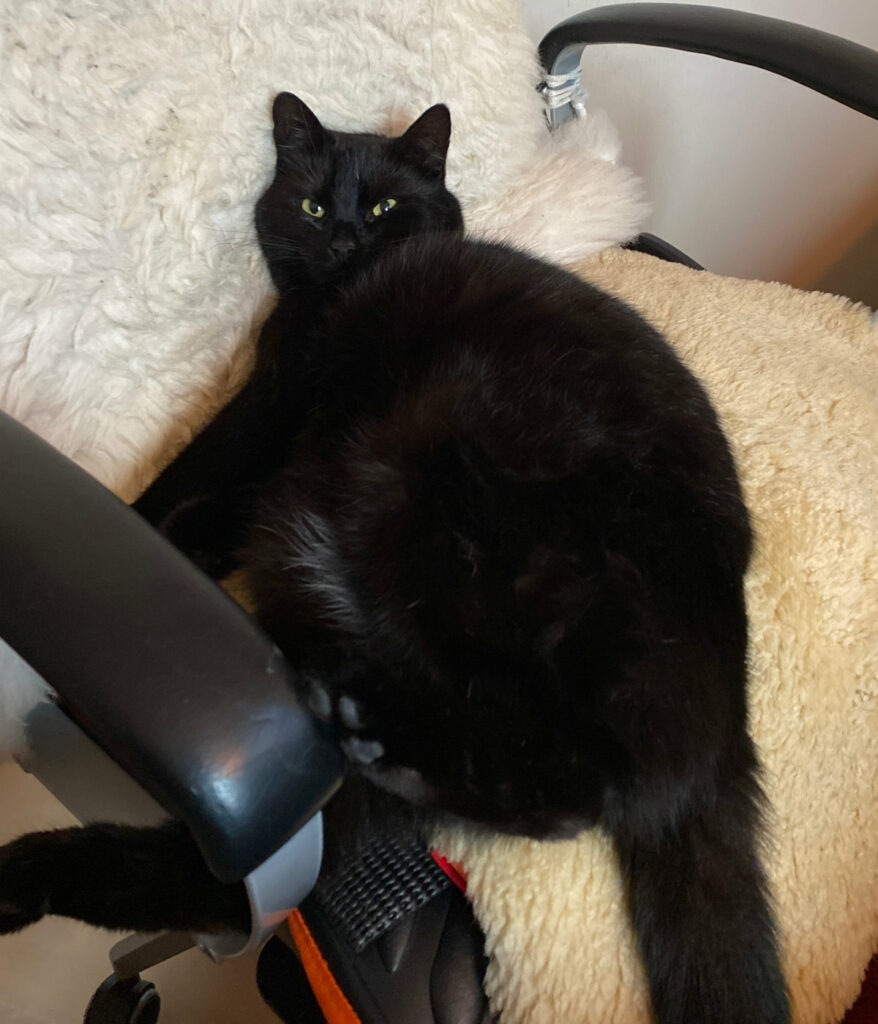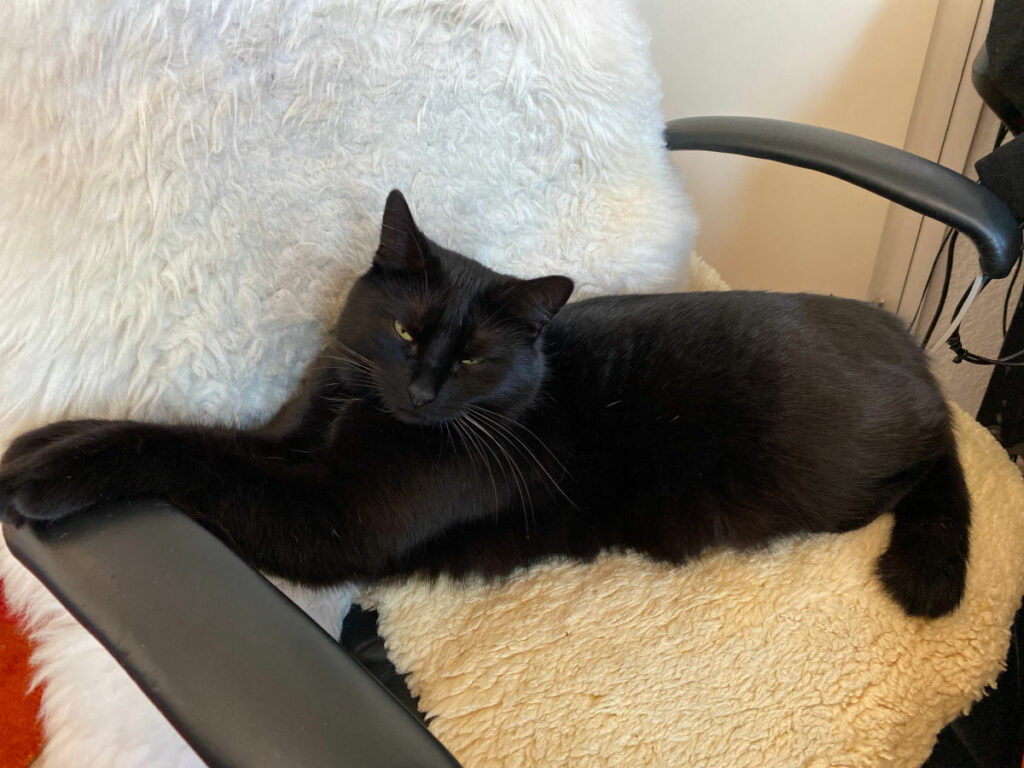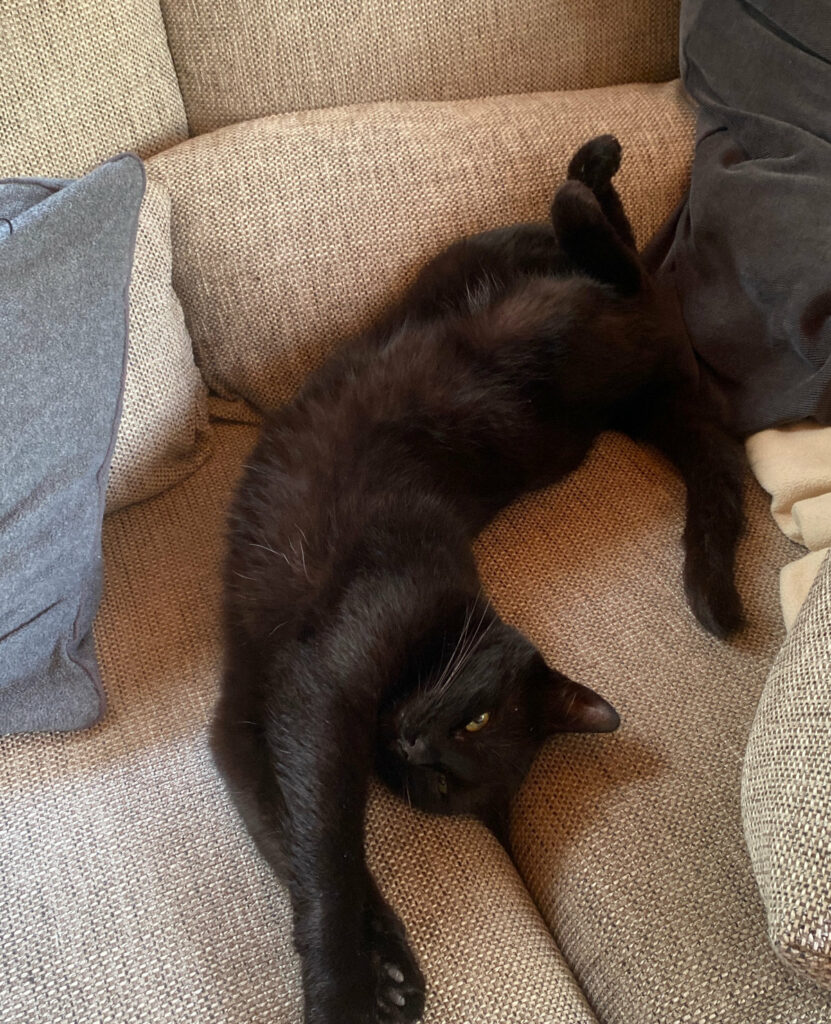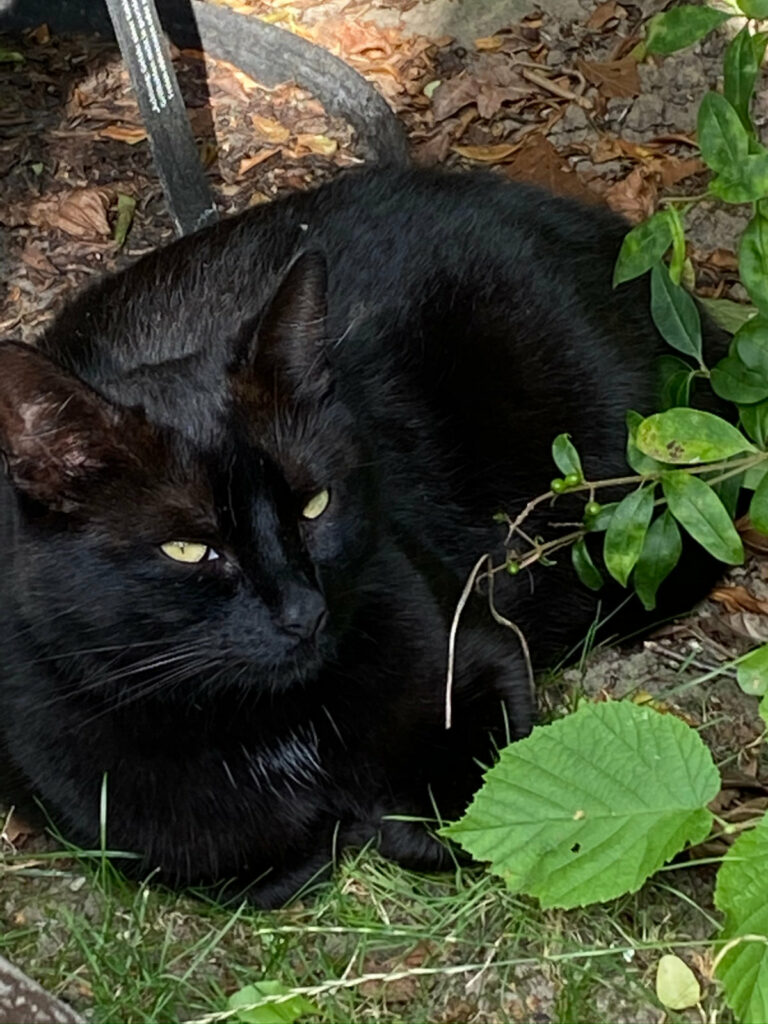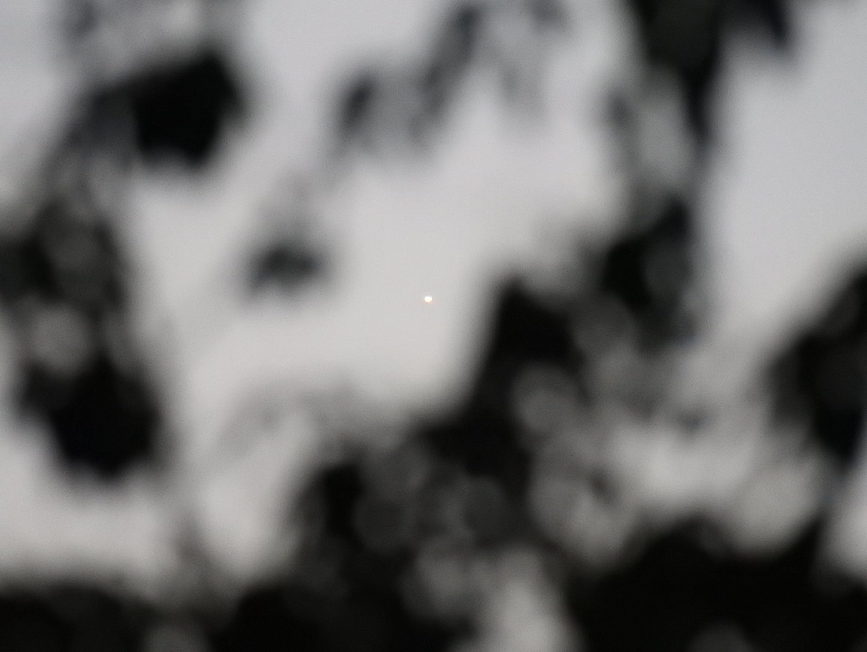Perfekt zur Resteverwertung (z. B. nach Weihnachts-Raclette)
Zubereitungszeit: 30-40 Minuten.
Kochzeit: ca. 10 Minuten.
Zutaten (für 2-3 Personen):
o 1 Block Mie Nudeln (ca 150g)
o 1 TL frischer Ingwer, 1-2 Knoblauchzehen, 3 Frühlingszwiebeln (fein gehackt)
o Glutamat (nach Wunsch)
o 1 TL Zucker
o 1 EL rote indische Currypaste
o 1-2TL Senf (nach Wahl)
o etwas Pfeffer
o 2 Eier
o 5-6 EL Keimöl
o 4TL chinesischer Kochwein
o 2TL dunkle Sojasoße
o geröstetes Sesamöl (optional zum Verfeinern)
o 200-300g Hühnerbrust oder ein übrig gebliebenes halbes Hähnchen / Poulade (Reste in unserem Fall 🙂
o Gemüse nach Wahl (z. B. 2 halbe gelbe / rote Paprika, weiße Zwiebel, TK-Erbsen, Möhren). Pilze, Broccoli, Bambus, Sojasprossen, Porree, Mais, rote Zwiebeln etc. gehen ebenfalls gut!
Mie-Nudeln in kaltem Wasser für 1-2 Stunden einweichen, abtropfen lassen und in kurze Streifen schneiden.
Zwei Eier mit etwas Milch, Salz, Glutamat und Pfeffer verquirlen und bei mittlerer Hitze in einer flachen Pfanne zu einem Omelette braten. Abkühlen lassen, Omelette dann in dünne Streifen schneiden, zur Seite legen (Achtung vor der Familie, geht weg wie warme Semmeln :))
Hühnchen kurz ankochen (falls noch roh und nicht vorgebraten / gebacken), dann abkühlen lassen und in Streifen zupfen.
Gewürze mit 2 TL Öl in heiße Pfanne geben, kurz anbraten (“bis es gut riecht”), dann Hühnchen hinzugeben und heiß & knackig kurz anbraten bzw. aufwärmen. Zur Seite legen, etwas abkühlen lassen.
Gemüse mit 2TL Keimöl heiß für 2-3 Minuten anbraten, Kochwein & Sojasoße zum Dämpfen hinzugeben, dann Hühnchen und Gewürze hinzugeben und gut durchrühren & anschliessend zur Seite legen.
Die Mie-Nudeln in 2TL Öl anbraten und geschnittenes Omelette hinzugeben und kurz erhitzen. Gemüse und Hühnchen hinzugeben, gut durchmischen (“Bewegung im Wok”) und heiß in flacher Schale servieren (ggf. mit geröstetem Sesamöl und gehackten Frühlingszwiebeln verfeinern).


